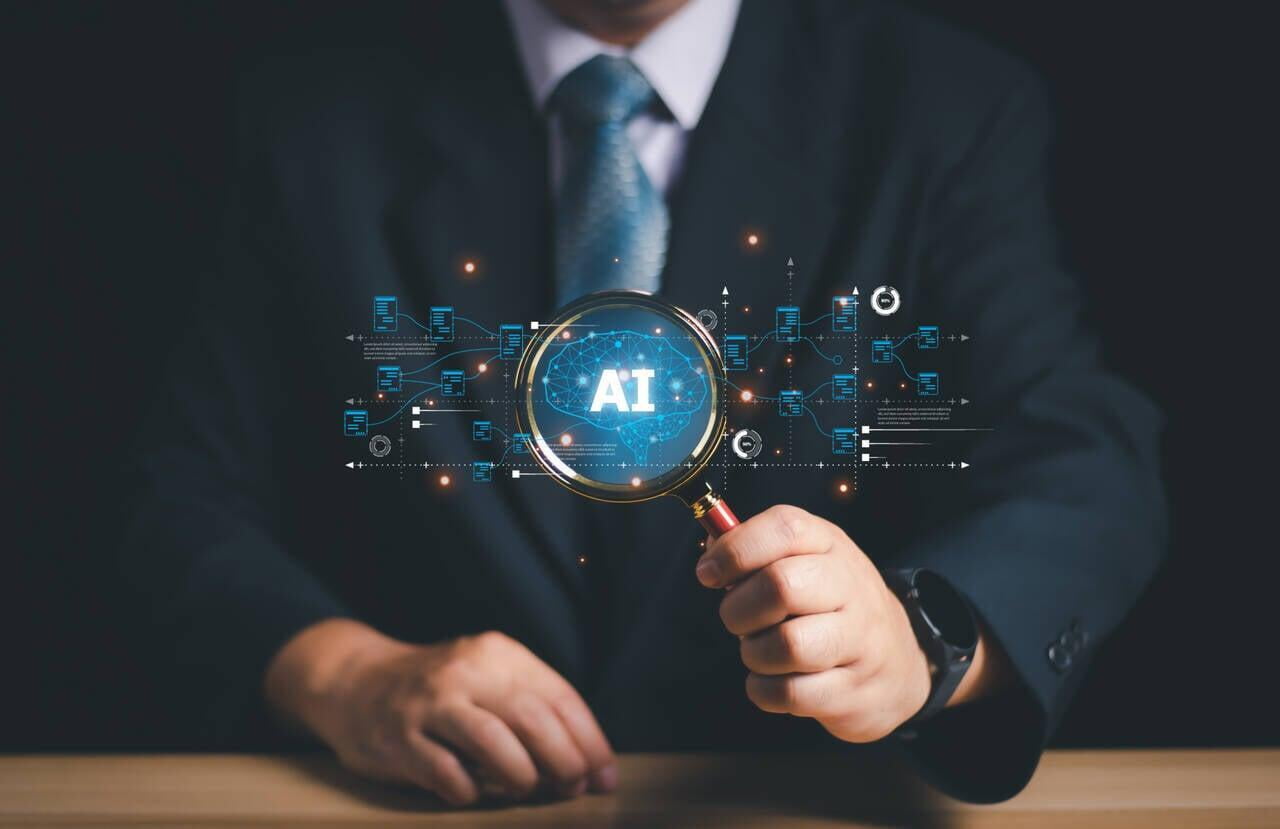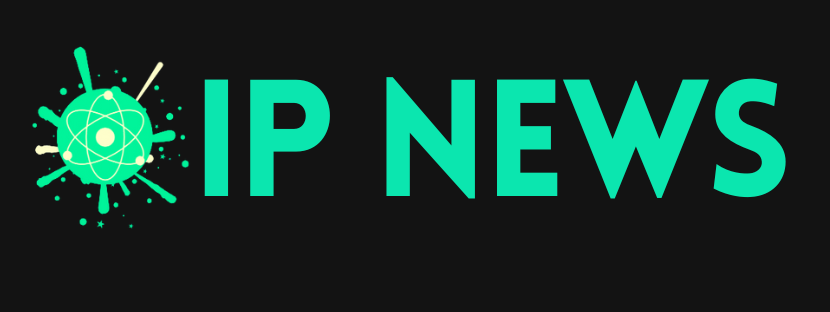The Rise of the AI Detector: Protecting Digital Trust
We now live in a world of technology that is changing every second, where artificial intelligence or AI remains an...

We now live in a world of technology that is changing every second, where artificial intelligence or AI remains an inseparable part of our daily activities from having virtual assistants to content creation , AI analytics as well as content generation. However, with great dependency comes a challenge: what processes do we follow to distinguish human work from machine work? This is the problem AI detector are solving as they help in navigating the world controlled by algorithms.
What is an AI Detector?
This is a complicated machine that examines text, content, images, videos, etc and verifies whether they are made by a human-copy or an AI. They function just like the most advanced lie detector. Instead of unmasking deceit, unmask the unrevealed marks put in place by AI. It is important to note that AI utilizes algorithms in rule-based systems, thus abstraction is mandatory. This is an example of Abstraction in AI; to depict a higher level of functionality, AI can be trained to spot patterns associated with inherently generated machine content.
With the development of advanced tools like ChatGPT and Jasper. The need for trustworthy AI detectors has increased tremendously, attracting a variety of groups including educators, businesses, and even governments aimed at preserving authenticity and credibility.
Why AI Detectors Matter
Now more than ever, it’s vital to maintain trust. Especially with the ability for anyone to create sophisticated content with a single prompt. Here’s why the AI detector has become a crucial technology:
Academic Integrity: Schools and universities are adopting the use of AI detectors to safeguard the genuineness of students’ essays and assignments, thereby ensuring academic integrity.
Journalistic Credibility: Media outlets use AI detectors to validate that articles and reports have been produced by actual journalists, sustaining the trust of the readers.
Content Authenticity: Businesses, particularly those in marketing and SEO, rely on AI detectors for information to revolve around human beings. Ensuring that their content strategies are not devoid of human insight.
Security Measures: Government and cybersecurity agencies implement the use of AI detection to identify deepfakes, bot-produced propaganda, and other potential threats.
In all of these areas, the AI detector plays the role of authenticity protector. Helping us distinguish between real human effort and artificially generated content.
How Does an AI Detector Work?
Fundamentally, an AI detector analyzes a text for features associated with AI writing. Some of the common signals include:
Recurrent Structures: Content created by AI usually exhibits repetitiveness and rigidity in structure.
Certain Expressions Ignored: The text generated with the help of AI lacks the sophistication and unpredictability of human artistry.
Too Accurate Expression: The output “engineered” by artificial intelligence possesses a degree of unnatural perfection and fluency.
Factual Irregularity: Machines can give information that is correct but is bizarre in relation to accompanying data given.
Contemporary AI detectors use modern approaches of natural language processing (NLP) techniques as well as deep learning models to assess the content AI detectors check for. Some detectors even provide an estimation calculated on the probability that the document can be AI generated.
Obstacles Of AI Detection
AI detectors have their advantages, but all of them cannot be considered perfect. With advancements in AI technology, the ability to differentiate between human-generated and AI content becomes increasingly challenging. Newer models are capable of incorporating human mistakes, diversifying writing styles, and randomness.
On top of everything else, there’s the ethical question: Why should a person be punished for using AI tools when they are simply capitalizing on technology’s ability to make things easier? Where is the line between help and fraud?
The Future of AI Detection
Both bright and bleak lies the future of AI detectors. Smarter AI means that detectors have to evolve at the same rate. Researchers are developing more accurate detection techniques through hybrids that include linguistic lua, metadata-alia tracking, and even psychoprofiling.
Simultaneously, AI developers focus on more transparent AI — artificial intelligence that identifies itself as machine-generated content and eases the burden of detectors. In a few years, we may have international guidelines that demand AI- authored material to be marked with a digital identifier.
Conclusion
As we are heading towards extremities of the digital world, the importance of detectors will be to preserve true trust and transparency. The maintainers of creativity, authenticity, and credibility will emerge from the shadows.
As the boundaries of creativity are pushed further beyond their limits. Understanding what is real and what is false has remained a challenge. Thankfully, with the development of AI detectors, there is now a way to validate the true reality.







